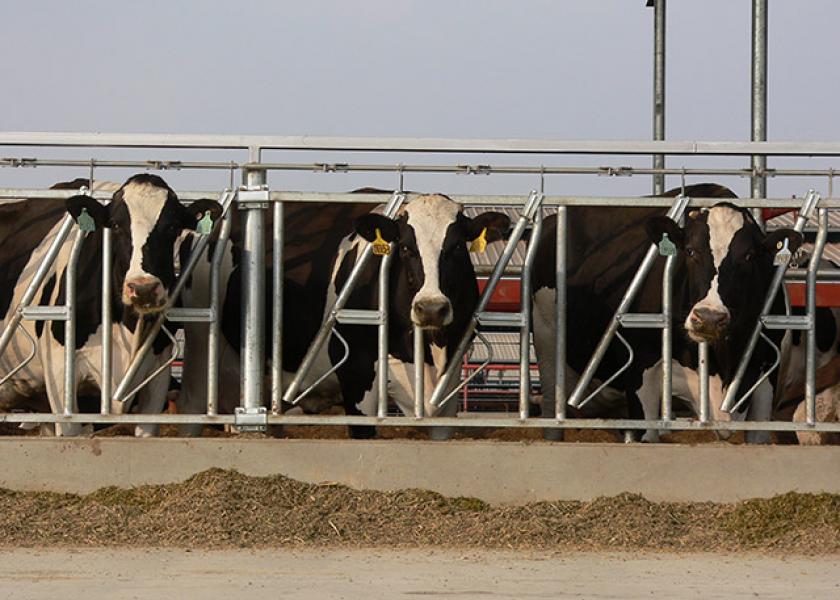The Relationship Between Sugar and Milk Protein

Early on in my career, my Dutch expat clients would tell me that back in Holland they fed wet beet pulp to increase milk protein. Over the years, I’ve noticed that my clients that fed rations inherently higher in sugar and soluble fiber generally produced milk with higher protein. Unfortunately, most of them are not paid for protein, so it has been a moot point. My dairies in Florida, where molasses and citrus pulp are staples and in Arizona, where molasses, beet pulp and almond hulls are common, tended to produce milk with higher protein than my Midwest clients with high silage diets. Fermentation converts most of the sugar in fresh forage to organic acids in the silage.
We’ve tested the limits on ration sugar levels this year in Florida due to high corn prices. Many diets are 10% sugar, with starch in the low 20’s, forage percent in the 30’s and much of the NDF coming from high sugar byproducts. Components are excellent and milk production has not suffered. Most research recommends 5-7% sugar as an upper limit. However, cows can certainly handle lots of sugar in the diet. Cows grazing lush pasture may be consuming over 20% sugar. Sugar ferments to butyric acid and doesn’t end up as lactic acid so it’s rather benign when it comes to acidosis.
Dr. Mike Van Amburgh has a nice discussion about milk protein and sugar in the Balchem Real Science Lecture Series (August 2020). In it, he describes how fermentable sugar and soluble fiber increase microbial yield, which can increase milk protein. More sugar promotes more protozoa, which are efficient at digesting fiber. Protozoa can make up 20% of microbial yield. Dr. Bob Patton, author of NittanyCow Dairy Ration Evaluator, maintains that protozoa do not get enough consideration in modelling programs. Dr. Van Amburgh agrees that our current field models do not consider protozoa contributions to microbial protein, and milk protein predictions.
Recent research published by de Ondarza, Emanuele and Sniffen showed that milk protein yield was greatest when total dietary sugar was between 6.75 and 8% of dry matter. The protein response was more pronounced in the highest producing cows in the experiment.
This discussion is not meant to minimize the need for supplemental amino acids to maximize milk protein, however pushing higher dietary sugar levels can increase the supply of amino acids from microbial protein.
Our 10% sugar diets in Florida are born out of economic necessity. The sweet spot for maximum milk and protein yield is probably somewhere between 5 and 10%. Research is beginning to support my anecdotal observations on ration sugar and milk protein. I guess if the cows tell you something over and over, it might be real.
While sugar content of byproduct feeds can be variable, here are some averages for common feeds (%, dry matter basis):
Molasses 70
Almond Hulls 34
Citrus Pulp 25
Beet Pulp Wet 12
Beet Pulp Shreds 9
Beet Pulp Pellets 6
Alfalfa Hay 5
Reference: M.B. de Ondarza, S.M. Emanuele, and C.J. Sniffen. 2017. Effect of increased dietary sugar on dairy cow performance as influenced by diet nutrient components and level of milk production. The Professional Animal Scientist 33:700-707.







